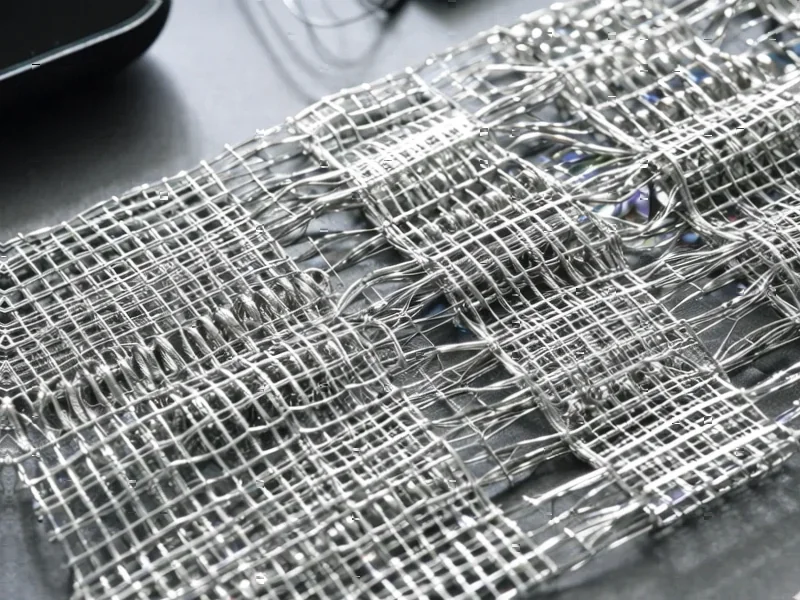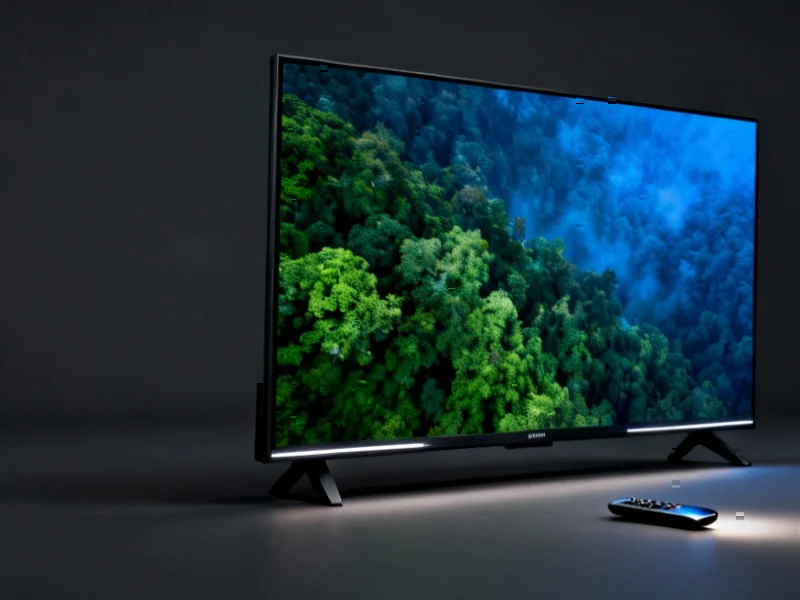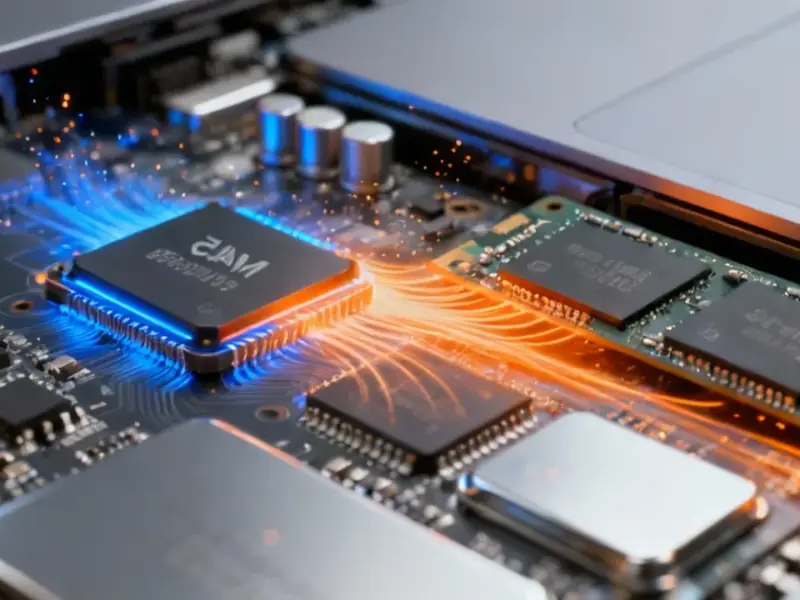According to Phys.org, University of Bristol researchers have developed a soft robotic exosuit that could help astronauts move more freely during future moon and Mars missions. Dr. Emanuele Pulvirenti, who literally taught himself to sew and got advice from his grandmother to create the prototype, recently tested the technology at Australia’s Exterres CRATER facility—the largest simulated lunar environment in the Southern Hemisphere. The test was part of an international ‘proof of concept’ mission organized by the Austrian Space Forum that involved 200 scientists from 25 countries across four continents. This marked the first time a soft robotic exosuit had been integrated into a spacesuit and tested in field conditions. The lightweight suit features artificial muscles made from nylon and thermoplastic layers that inflate to boost lower-limb muscles, with Kevlar components providing strength and tension resistance.
<h2 id="why-this-matters”>Why space mobility is such a big deal
Here’s the thing about space suits—they’re incredibly cumbersome. Current designs basically turn astronauts into human-shaped balloons, making even simple movements exhausting. And when you’re talking about moon or Mars missions where astronauts need to perform complex tasks for hours? That muscular fatigue becomes a serious operational problem.
The beauty of this approach is that it’s soft and fabric-based, worn underneath the main spacesuit. It’s not some clunky metal frame that would add bulk. The artificial muscles work automatically to assist movement, which means astronauts can maintain more natural gait patterns while reducing energy expenditure. Basically, it’s like having an extra set of muscles that kicks in when you need it.
The potential down-to-earth benefits
Now here’s where it gets really interesting. Dr. Pulvirenti explicitly mentioned this technology could benefit people on Earth too. They’ve actually developed two versions—the assistive one for astronauts that boosts muscle power, and a resistive version that applies load to help maintain muscle mass. Sound familiar? That’s exactly what physical rehabilitation patients need.
Think about it: someone recovering from surgery or dealing with mobility issues could use the assistive mode to walk more easily, then switch to resistive mode for strength training. The researchers are already working on a hybrid suit that can do both. This could be huge for elderly patients, people with neuromuscular conditions, or anyone going through rehab. It’s one of those rare space technologies that has immediate, obvious terrestrial applications.
Where this technology is headed
So what’s the timeline here? The recent tests were just the beginning—they were evaluating comfort, mobility, and biomechanical effects during tasks like walking, climbing, and carrying loads on loose terrain. Dr. Pulvirenti says he’d love to see this tested at the International Space Station next, which would be the logical progression from simulated environments to actual microgravity conditions.
But let’s be real—space technology moves slowly. Between more testing, refinement, safety certifications, and integration with existing spacesuit systems, we’re probably looking at years before this becomes standard issue for astronauts. Still, the fact that they’ve moved from concept to field testing in simulated environments is pretty impressive progress. And the potential to spin off terrestrial versions for medical use could actually accelerate development, since that market might have more immediate funding and regulatory pathways.
The real question is whether this soft robotics approach will scale effectively. Can they make it durable enough for harsh planetary environments while keeping it lightweight and comfortable? If they can crack that combination, we might be looking at the future of both space exploration and mobility assistance here on Earth.




